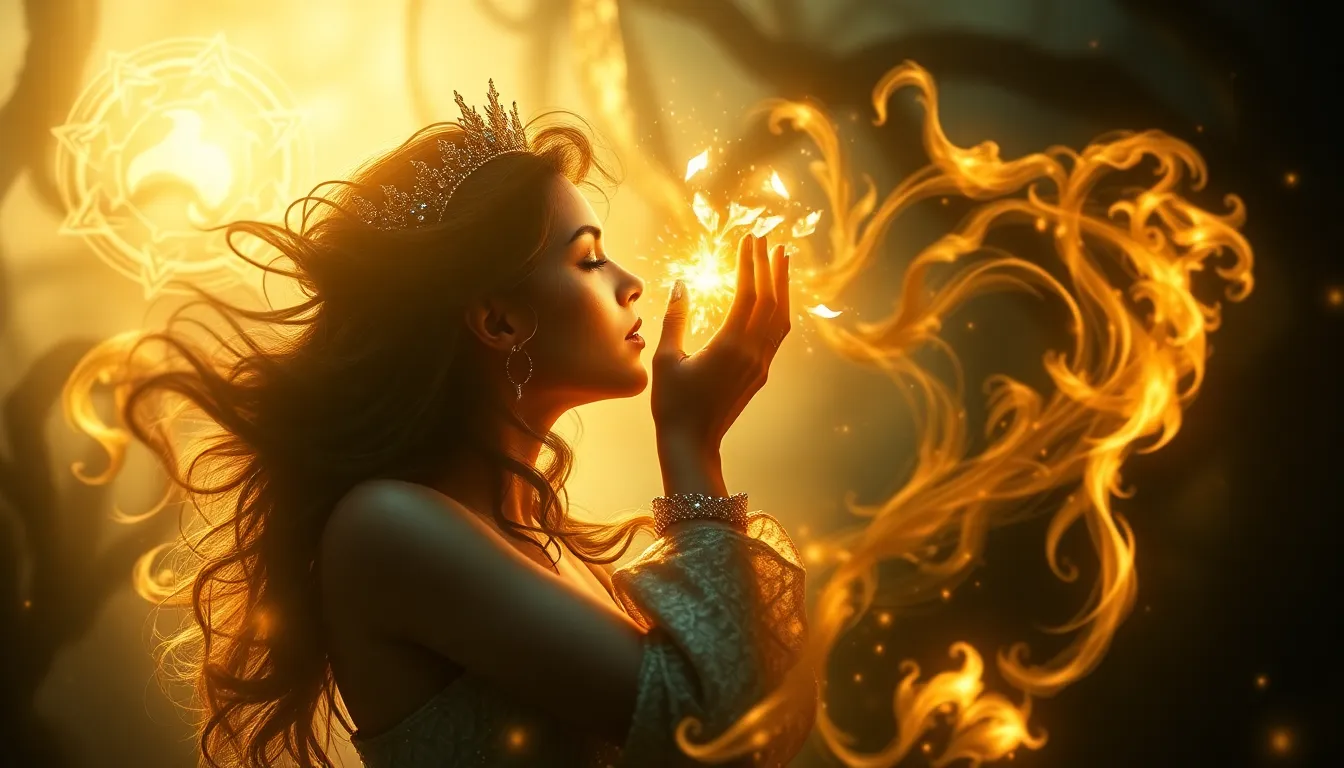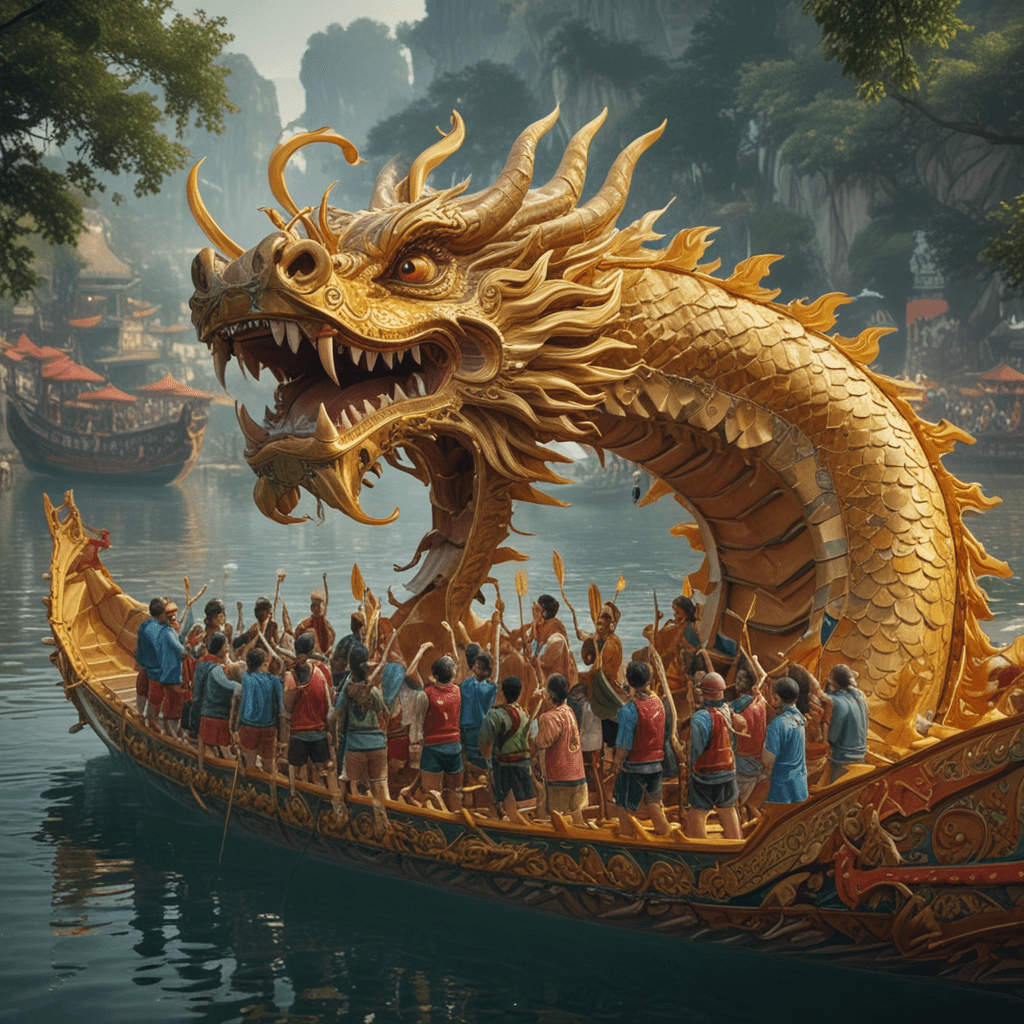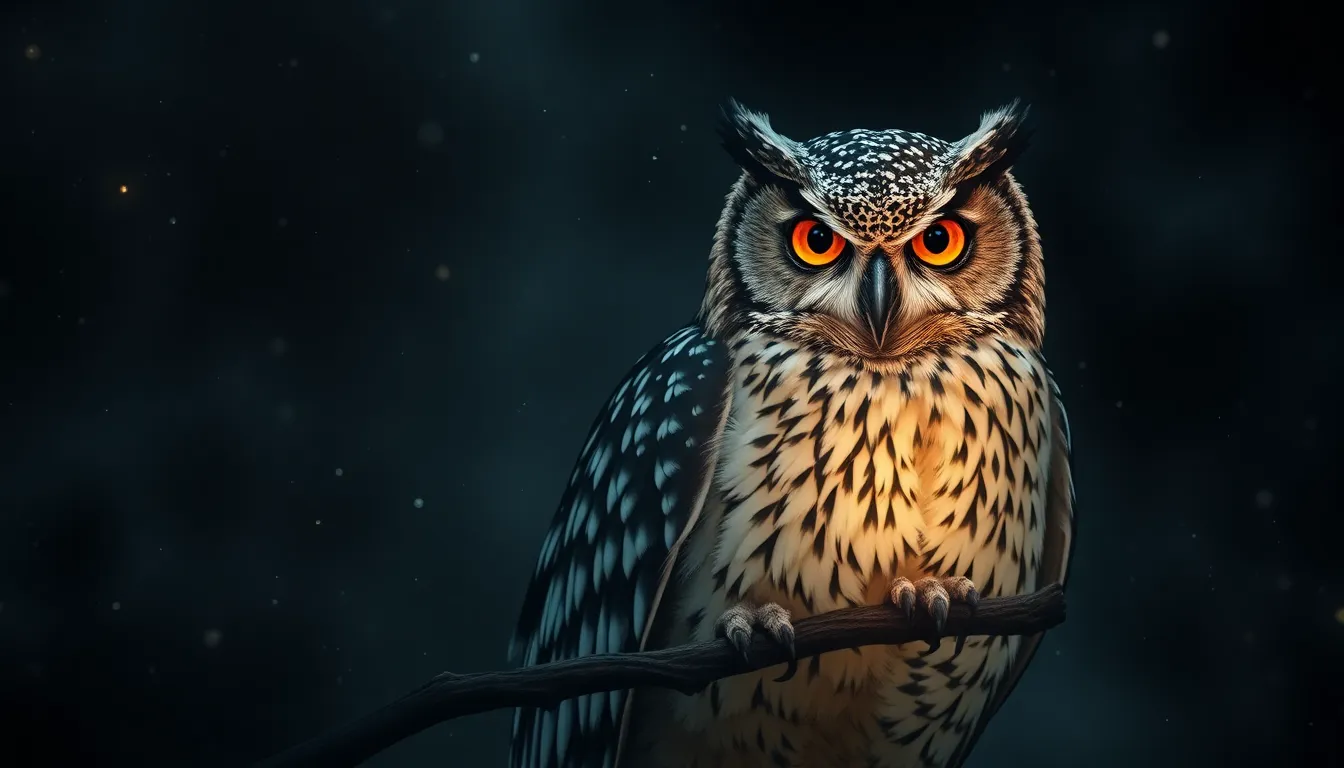1. Ahura Mazda and the Angra Mainyu: The Eternal Struggle
At the heart of Persian mythology lies a cosmic battle between two primordial forces: Ahura Mazda, the wise and benevolent creator god, and Angra Mainyu, the destructive and evil spirit. This eternal struggle between good and evil permeates all aspects of Persian mythology, shaping the destinies of gods, heroes, and mortals alike.
Ahura Mazda, also known as Ormazd, represents the principles of light, truth, and order. He is the source of all creation, the guardian of cosmic harmony, and the protector of humanity. Angra Mainyu, also known as Ahriman, embodies darkness, falsehood, and chaos. He seeks to corrupt and destroy everything that Ahura Mazda has created, and to plunge the world into perpetual darkness.
The conflict between these two deities is not merely a philosophical abstraction but a tangible reality that manifests in the everyday lives of the people. Every natural disaster, every illness, every act of violence is seen as a manifestation of Angra Mainyu's malevolent influence. Conversely, every act of kindness, every creative endeavor, every victory over adversity is seen as a triumph of Ahura Mazda's benevolent power.
2. The Creation Myth: The First Battle Between Light and Darkness
The Persian creation myth, as recounted in the Avesta, the sacred text of Zoroastrianism, provides a vivid account of the first battle between Ahura Mazda and Angra Mainyu. In the beginning, Ahura Mazda existed alone in a state of perfect light and goodness. Angra Mainyu, filled with envy and hatred, rose up to challenge Ahura Mazda's supremacy.
A fierce cosmic battle ensued, with both sides summoning all their power. Ahura Mazda created the Amesha Spenta, six holy spirits that embody his divine attributes, to aid him in his fight. Angra Mainyu, in turn, created a host of demons and evil spirits to do his bidding.
For three thousand years, the battle raged on, neither side able to gain a decisive advantage. Finally, Ahura Mazda, through the power of his wisdom and righteousness, prevailed over Angra Mainyu. He banished Angra Mainyu and his demons to the realm of darkness, where they would remain imprisoned for all eternity.
The creation myth established the cosmic order and set the stage for the ongoing struggle between good and evil. It also introduced the concept of free will, as Ahura Mazda gave humanity the choice to follow the path of light or the path of darkness.
3. The Yazatas: Champions of Good in the Cosmic Arena
In addition to the Amesha Spenta, Ahura Mazda is aided by a host of lesser divinities known as the Yazatas. These benevolent spirits represent various aspects of creation, such as fire, water, earth, and the sky. They serve as intermediaries between Ahura Mazda and humanity, protecting the faithful from the forces of evil.
Among the most prominent Yazatas are Mithra, the god of light, justice, and contracts; Anahita, the goddess of water and fertility; and Verethragna, the god of victory. These deities are often invoked in prayers and rituals, and their images adorn temples and religious artifacts.
4. The Daevas: Servants of Evil and Chaos
Opposing the Yazatas are the Daevas, the demonic servants of Angra Mainyu. These malevolent spirits represent everything that is evil and destructive, including disease, famine, and war. They tempt humans to stray from the path of righteousness and lead them into darkness.
The Daevas are often depicted as grotesque and monstrous creatures, with animalistic features and a thirst for destruction. They are feared and reviled by the people, and their names are invoked as curses.
5. The Simurgh: The Mythical Bird and Guardian of Good
A prominent figure in Persian mythology is the Simurgh, a giant, benevolent bird that symbolizes wisdom, protection, and immortality. The Simurgh is often depicted as a griffin-like creature with the head of a dog and the body of a lion. It is said to reside on the mythical Mount Alborz, where it guards the Tree of Life.
The Simurgh plays a重要な role in several Persian epic poems, including the Shahnameh, where it serves as a guide and protector to the hero Rostam. The Simurgh's wisdom and power make it a symbol of hope and resilience in the face of adversity.
6. Rostam and the White Div: The Legendary Hero's Battles Against Evil
Among the most beloved heroes of Persian mythology is Rostam, a legendary warrior renowned for his strength, courage, and unwavering loyalty to good. Rostam's adventures are chronicled in the epic poem Shahnameh, where he faces numerous challenges and battles against the forces of evil.
One of Rostam's most famous adversaries is the White Div, a monstrous creature that terrorizes the land. The White Div is described as a giant, white-haired demon with sharp claws, fangs, and a voracious appetite for human flesh. It represents the embodiment of chaos and destruction, and its presence brings fear and despair to the people.
Rostam's battle with the White Div is a testament to his courage and unwavering commitment to justice. Despite the creature's immense size and strength, Rostam faces it head-on, armed with his legendary mace and his unwavering resolve. After a fierce and grueling battle, Rostam emerges victorious, slaying the White Div and liberating the land from its terror.
The story of Rostam and the White Div is a powerful allegory for the struggle between good and evil. It teaches us that even in the face of overwhelming odds, we must never give up hope and always fight for what is right.
7. The Shahnameh: Epic Narratives of Cosmic Battles
The Shahnameh, written by the Persian poet Ferdowsi in the 10th century, is an epic poem that tells the story of the kings and heroes of Persia. It is considered one of the greatest works of Persian literature and a cornerstone of Iranian culture.
The Shahnameh is filled with tales of cosmic battles between the forces of good and evil. These battles are not only physical conflicts but also represent the internal struggle between light and darkness within each individual. The heroes of the Shahnameh, such as Rostam and Siavash, embody the virtues of courage, righteousness, and loyalty, while the villains represent the forces of chaos, destruction, and deceit.
Through its epic narratives, the Shahnameh teaches us about the importance of upholding truth, justice, and righteousness in the face of adversity. It reminds us that the struggle between good and evil is an ongoing process, and that each individual has a role to play in shaping the world around them.
8. The Simorgh and Zal: A Symbolic Tale of Good Triumphing Over Evil
The story of the Simorgh and Zal is a beautiful allegory for the triumph of good over evil. Zal, a young prince, is born with white hair and is abandoned by his father, who fears him as a demon. Zal is raised by the Simorgh, a mythical bird that symbolizes wisdom and compassion.
When Zal grows up, he returns to his kingdom and proves himself to be a just and wise ruler. The story of Zal and the Simorgh teaches us that even those who are different or outcast can achieve greatness, and that true beauty lies within one's character rather than one's appearance.
9. The Cosmic Tree: A Symbol of the Interconnectedness of Good and Evil
The cosmic tree is a recurring symbol in Persian mythology representing the interconnectedness of good and evil. The tree is often depicted as having two branches, one representing light and goodness, and the other representing darkness and evil. The roots of the tree extend deep into the underworld, while its branches reach up to the heavens.
The cosmic tree symbolizes the duality of existence, where good and evil are two sides of the same coin. It reminds us that even in the darkest of times, there is always hope, and that even the smallest act of kindness can make a difference.
10. The Significance of Cosmic Battles in Persian Mythology
The cosmic battles in Persian mythology are not just entertaining stories but also profound philosophical lessons. They teach us about the nature of good and evil, the importance of free will, and the interconnectedness of all things. By understanding these stories, we can gain a deeper appreciation for the human condition and our place in the universe.
FAQ
What are the main cosmic battles in Persian mythology?
The main cosmic battles in Persian mythology are the conflict between Ahura Mazda and Angra Mainyu, the story of Rostam and the White Div, and the tale of the Simorgh and Zal.
What do these battles teach us?
These battles teach us about the nature of good and evil, the importance of free will, and the interconnectedness of all things.
Why are these stories important?
These stories are important because they help us to understand the human condition and our place in the universe.
Where can I learn more about these stories?
You can learn more about these stories by reading the Avesta, the Shahnameh, or other books on Persian mythology.



